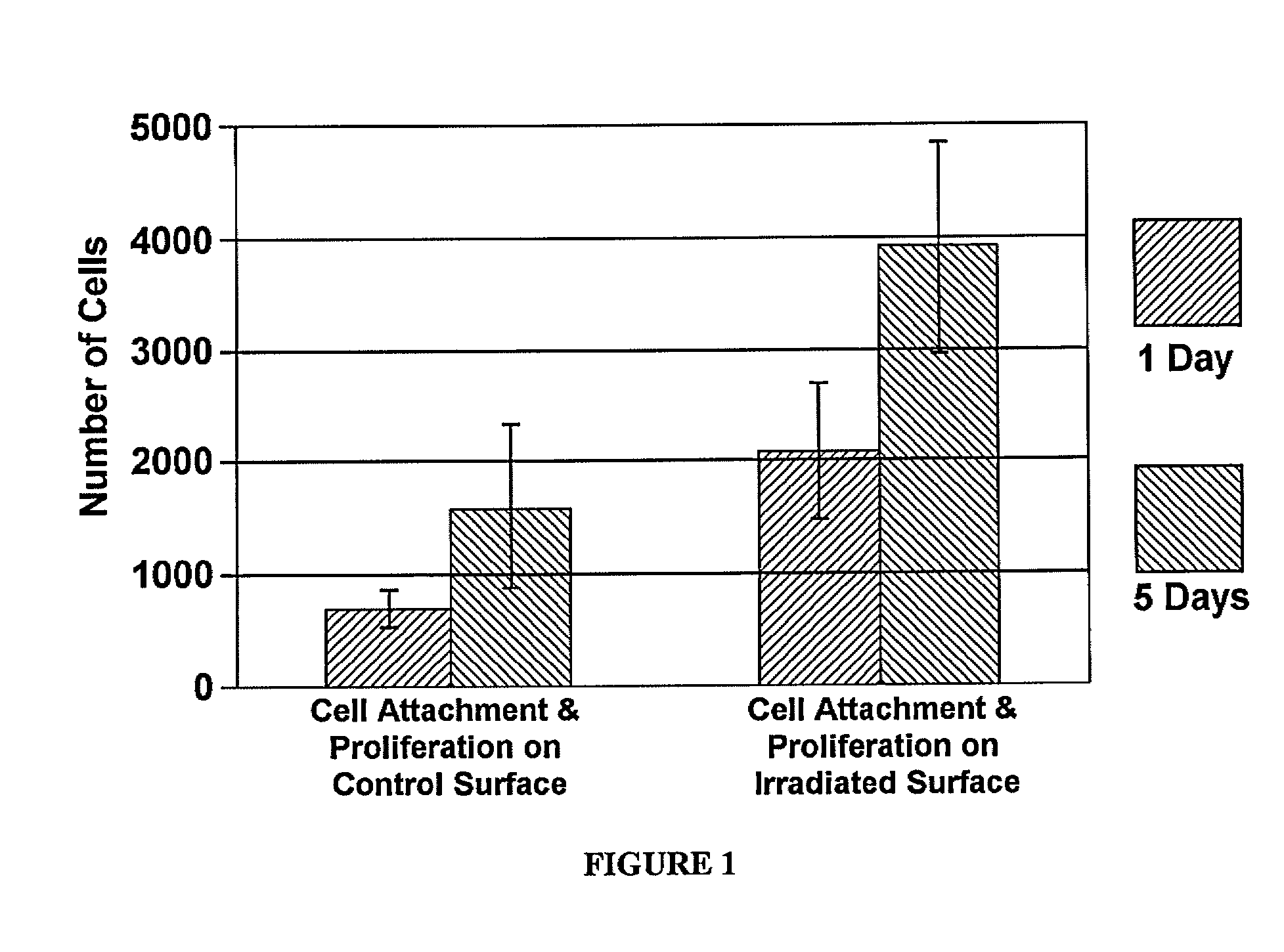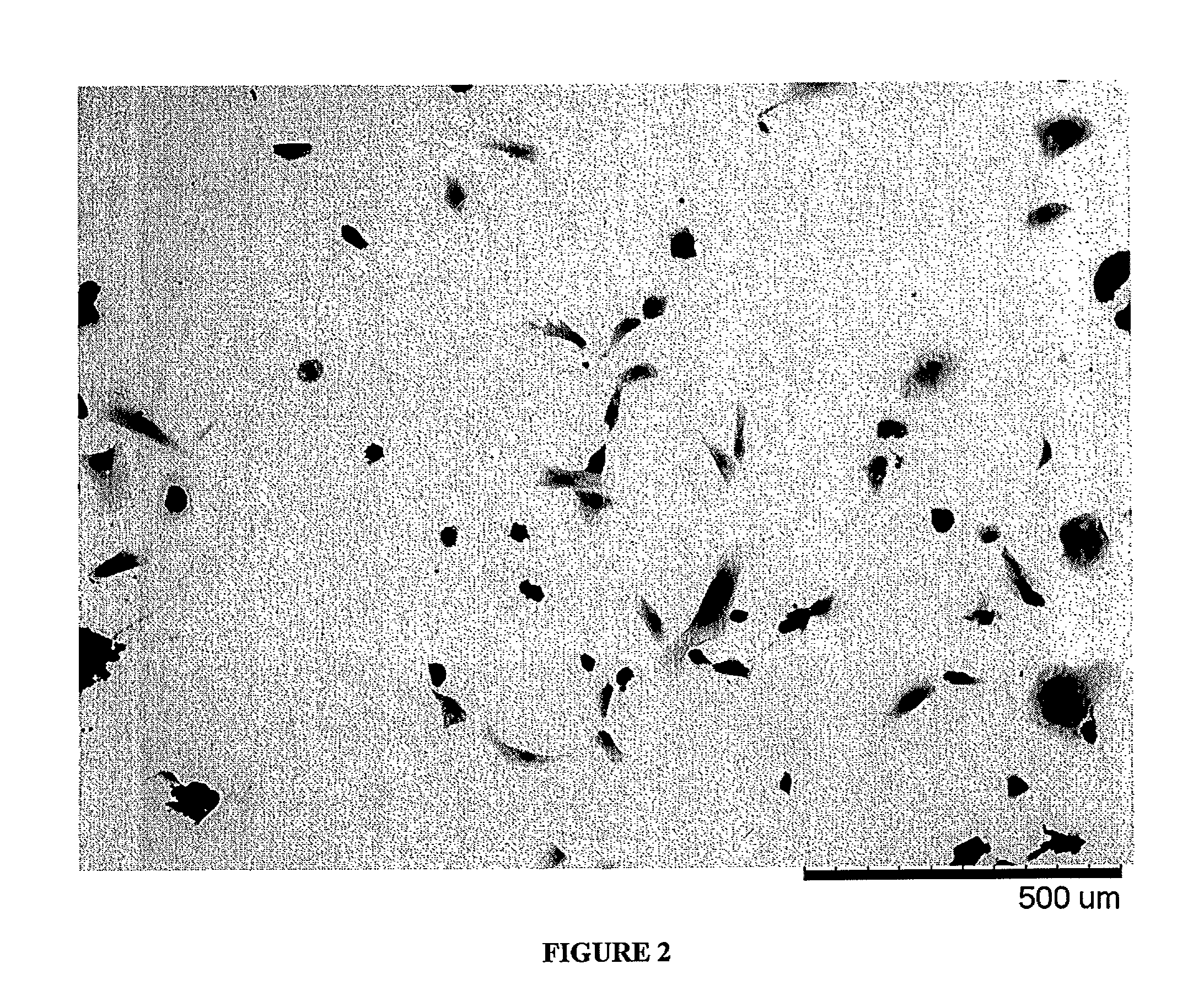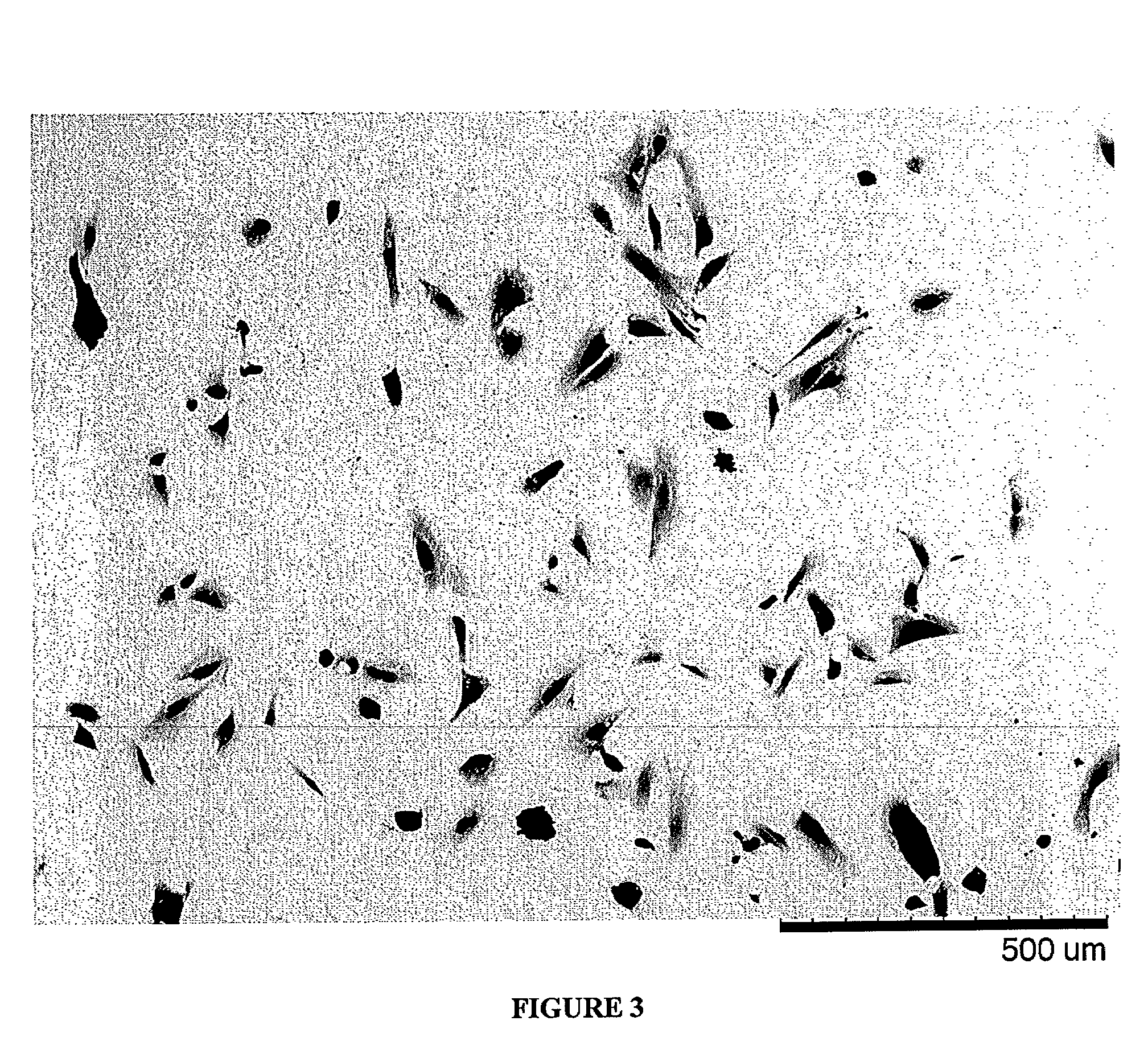Methods for improving the bioactivity characteristics of a surface and objects with surfaces improved thereby
a bioactivity characteristic and surface technology, applied in the field of methods for improving the bioactivity characteristics of surfaces and objects with surfaces, to achieve the effect of less control and more precise dosimetry
- Summary
- Abstract
- Description
- Claims
- Application Information
AI Technical Summary
Benefits of technology
Problems solved by technology
Method used
Image
Examples
Embodiment Construction
[0070]Several exemplary embodiments are disclosed to show the wide scope and variety of material surfaces that can enjoy benefit of the GCIB or neutral beam processing method of the invention to enhance their bioactivity. These examples are chosen to illustrate that the application of the invention is broad and not limited to one or a few materials, but can be broadly exploited for a wide range of material surfaces.
Titanium Exemplary Embodiment
[0071]A titanium surface improvement is disclosed in a first exemplary embodiment. Titanium is a material often employed in medical objects intended for implantation into a mammal. Titanium foil samples of 0.01 mm thickness were first cleaned in 70% isopropanol for 2 hours and then air dried in a bio-safety cabinet overnight. It is understood that the cleaned titanium foil samples, as with any titanium that has been exposed to normal atmospheric conditions, likely has a very thin native titania surface coating, which may be incomplete and may ...
PUM
| Property | Measurement | Unit |
|---|---|---|
| energy | aaaaa | aaaaa |
| energy | aaaaa | aaaaa |
| pressure | aaaaa | aaaaa |
Abstract
Description
Claims
Application Information
 Login to View More
Login to View More - R&D
- Intellectual Property
- Life Sciences
- Materials
- Tech Scout
- Unparalleled Data Quality
- Higher Quality Content
- 60% Fewer Hallucinations
Browse by: Latest US Patents, China's latest patents, Technical Efficacy Thesaurus, Application Domain, Technology Topic, Popular Technical Reports.
© 2025 PatSnap. All rights reserved.Legal|Privacy policy|Modern Slavery Act Transparency Statement|Sitemap|About US| Contact US: help@patsnap.com



